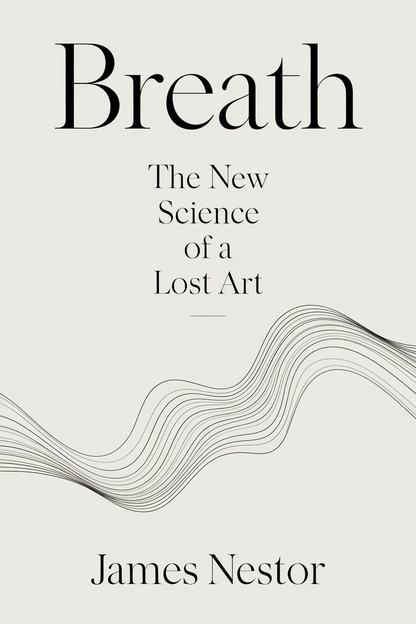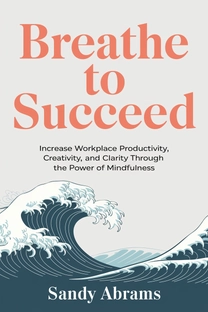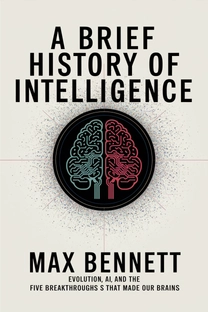
Breath
The New Science of a Lost Art
by James Nestor
Brief overview
This book explores how the simple act of breathing well can transform health, reduce stress, and improve overall vitality. It uncovers how evolution and modern habits have altered our airways, while offering practical techniques to reverse harmful patterns. By examining ancient wisdom and cutting-edge science, it shows readers that breathing slowly and consciously can rejuvenate mind and body alike.
Introduction
Breathing might seem too simple to hold such power, yet it truly does. In this first look at the science of respiration, we find that many of our modern health challenges—fatigue, anxiety, even chronic illness—can be linked to the way we breathe. Despite centuries of medical progress, most of us ignore breathing and assume that air in, air out is all there is to it.
Yet, historical practices, spiritual traditions, and cutting-edge clinical studies all confirm that different styles of inhaling and exhaling have far-reaching effects on our health. From ancient yoga scrolls to modern labs, evidence keeps emerging: the shape of our mouths and the timing of each breath matter more than we realized.
In an attempt to understand these principles, the author embarks on personal experiments—some of them bizarre—by taping his nose or mouth closed or working with freedivers and breath gurus. The resulting story combines deep science, anthropology, and a personal journey.
As you turn these pages, keep an open mind. Breathing is more than an afterthought. It's an art, a science, and a skill we can master to live healthier, calmer, and more energetic lives.
Why We Struggle to Breathe
Many of our breathing woes begin with the structure of the modern human face. Over centuries, softer diets and fast food have weakened our jaws, narrowed our sinuses, and led to crooked teeth. All these changes reduce our airways, making it harder to breathe well.
Anthropological studies of ancient skulls reveal wide mouths, robust jaws, and nearly perfect airways. These features helped our ancestors avoid chronic congestion or sleep apnea. But in our industrialized world, processed foods seem to have robbed us of essential chewing that once helped shape healthy facial structures.
As the mouth narrows, the tongue has nowhere to go but back—constricting important airflow. On top of that, slouching posture or poor oral habits can worsen the issue. Taken together, these shifts lead to chronic mouthbreathing, snoring, and a host of disorders.
This realization is key: many modern breathing struggles aren’t random. They’re symptoms of how our faces and jaws have adapted to softer meals and hurried lifestyles. Fortunately, learning proper breathing and adopting mindful habits can start reversing the damage.
What is Breath about?
“Breath: The New Science of a Lost Art” explores how carefully crafted breathing habits can lead to better health and stress reduction. Drawing on cutting-edge research, personal experiments, and ancient wisdom, James Nestor shows why restructuring how we inhale and exhale can improve everything from sleep quality to athletic performance. He also discusses how modern lifestyles have altered our airways, revealing surprising insights into mouthbreathing, nasal passages, and posture.
This book stands out by connecting medical studies with anthropology and everyday routines. Readers learn about proven methods to expand lung capacity, harness carbon dioxide for more efficient oxygen usage, and recondition their bodies to breathe in a healthier way. By showing that a few mindful changes in breath can have far-reaching effects, Nestor offers a valuable guide for anyone curious about achieving vitality and calm in a hectic world.
Review of Breath
James Nestor’s book excels in blending hard science, personal experiences, and historical practices into an accessible, well-researched narrative. Each chapter addresses both the ‘why’ and the ‘how,’ making it easy for readers to see the practical impact of better breathing—whether it’s sharper mental focus or more restful sleep.
One of its main strengths is how it highlights specific techniques, from simple nasal-breathing exercises to deeper practices like Tummo. Nestor also explains the evidence behind them, ensuring you grasp not only the method but the reasons it works. The author’s writing style spans scientific rigor and relaxed prose, allowing novices and health professionals alike to understand and apply these solutions.
If you’re looking for a balanced resource on breathing methods that brings fresh insights without overwhelming jargon, this book is a strong choice. It’s recommended for those eager to improve respiratory health and harness their breath for a more energized and focused life.
Who should read Breath?
- Healthcare professionals wanting evidence-based breathing strategies to share with patients
- Fitness instructors and coaches seeking to boost clients’ performance and endurance through breathwork
- Mindfulness or yoga instructors looking for fresh scientific backing on breath-based approaches
- Individuals with sleep or stress challenges who want natural, accessible solutions
About the author
Book summaries like Breath
Why readers love Mindleap
10-Minute Book Insights
Get the core ideas from the world's best books in just 10 minutes of reading or listening.
Curated For You
Discover your next favorite book with personalized recommendations based on your interests.
AI Book ExpertNew
Chat with our AI to help find the best book for you and your goals.
Reviews of MindLeap
Love how I can get the key ideas from books in just 15 minutes! Perfect for my busy schedule and helps me decide which books to read in full.
Alex R.
The summaries are incredibly well-written and the audio feature is perfect for my commute. Such a time-saver!
Jessica M.
Great app for personal growth. The insights are clear and actionable, and I love how they capture the essence of each book.
Chris P.
The app is beautifully designed and the summaries are top-notch. Definitely worth every penny!
Sarah K.



